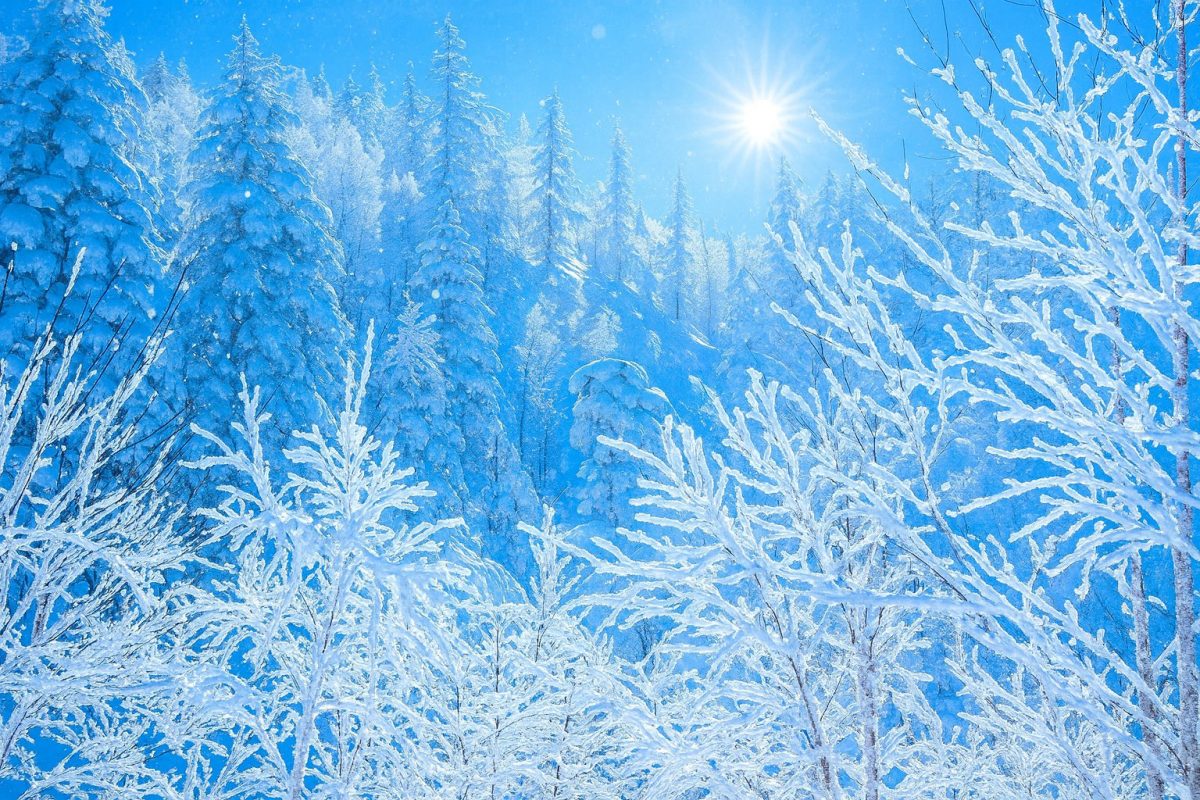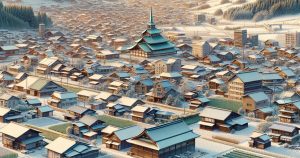| population | 3,917 peoples |
|---|---|
| area | 716.80 km² |
| population density | 5.46 peoples/km² |
Nestled in the scenic eastern region of Hokkaido, Tsubetsu Town is a land embraced by vast forests and crystal-clear rivers. About 86% of its area is covered by forest, earning it the nickname “Town of Trees.” The history of Tsubetsu is deeply intertwined with the Ainu culture and the pioneering settlers of the Meiji era who shaped its identity. Blessed with pure water and fertile soil, the town’s main industries are agriculture and dairy farming. Organic milk certified under the JAS standards, along with locally produced vegetables and wooden crafts, are known for their exceptional quality and environmental harmony. Winters are long and severe, yet the townspeople live in harmony with nature, finding warmth and purpose in the rhythm of the seasons. Remnants of the Ainu heritage are still present in language, festivals, and daily life, blending naturally with modern lifestyles. Seasonal events and community gatherings infuse the town with vitality, while its landscapes, foods, and crafts leave lasting impressions on every visitor who experiences the quiet spirit of this forest town.
Cultural Heritage & Traditions
Life in Tsubetsu is shaped by its natural surroundings — forests, rivers, and mountains form the foundation of its culture. The area was once inhabited by the Ainu people, whose respect for nature influenced local customs and beliefs. Later, during the Meiji period, settlers arrived and developed agriculture and forestry, creating a way of life centered on coexistence with nature. Today, this spirit of balance between people and the environment remains a defining feature of Tsubetsu.
Agriculture and dairy farming thrive in the fertile valleys along the Abashiri River, producing safe, high-quality crops and organic milk. Forestry and woodworking also play a major role, sustaining the town’s reputation as “the town of wood.” Winters are harsh, with temperatures sometimes dropping below –25 °C in the inland mountains. This extreme yet beautiful environment has fostered resilience and creativity among residents, influencing their traditions and community spirit.
While there is no formally defined “Tsubetsu dialect,” locals often use expressions unique to the region, reflecting both Hokkaido’s linguistic flavor and Ainu influences. Festivals such as the annual Tsubetsu Summer Festival, held every July, showcase the town’s cultural vibrancy through events like the “Tsubetsu Thousand Dancers,” river climbing contests, and fireworks. These gatherings highlight a strong sense of community and hospitality toward visitors.
In this way, Tsubetsu continues to preserve its distinct culture while embracing modern changes. Meeting local residents, joining seasonal festivals, and experiencing nature firsthand all reveal the town’s quiet strength and warmth — a living harmony between heritage and the present.
Local Specialties
- Woodcraft Products: Tsubetsu is well-known for its fine woodworking tradition. Local artisans produce “wooden boxes” and other crafts using timber from surrounding forests. (town.tsubetsu.hokkaido.jp)
- Organic Dairy Products: Certified organic milk and other dairy products are produced under strict standards, reflecting the town’s commitment to safety and quality. (hiecc.or.jp)
- Agricultural Produce: Pumpkins, potatoes, and onions grown in the town’s fertile fields are distributed across Hokkaido. (JA Tsubetsu Cooperative)
- Confectionery & Local Sweets: The town’s beloved “Kuma-yaki” (Bear-shaped pancake filled with sweet bean paste), sold at the roadside station, has become a local icon. (town.tsubetsu.hokkaido.jp)
Annual Events
- Ice Candle Festival (February): Held every winter, this romantic event illuminates the snowy landscape with hand-made ice candles crafted by residents. (ok21.or.jp)
- Kurin-so Flower Week (June): In mid to late June, the southern forest “Nonno no Mori” becomes blanketed with clusters of pink Kurin-so (Primula japonica) flowers, drawing nature lovers from across the region. (ok21.or.jp)
- Tsubetsu Summer Festival (July): The town’s biggest event, held at the Riverside Park. Festivities include the Thousand Dancers Parade, river climbing competition, fireworks, and the “Beef Festival,” celebrating local Wagyu. (town.tsubetsu.hokkaido.jp)
- Industry & Furusato Festival (Autumn): Held in September or October, showcasing locally produced agricultural goods and handmade crafts. (takusan.net)
Access
- By Air: The nearest airport is Memanbetsu Airport (Ozora Town). From there, it’s about 50 km (approx. 1 hour) to Tsubetsu Town by car or local bus.
- By Train: No railway currently operates in the town. The nearest station is Bihoro Station on the JR Sekihoku Line.
- By Car: National Route 240 and Hokkaido Route 27 provide access to Tsubetsu from Kitami, Bihoro, and Kushiro. In winter, drivers should check for snow closures and icy conditions.
Tourist Attractions
- Tsubetsu Pass – At an elevation of about 947 m, this scenic viewpoint offers a panoramic vista of Lake Kussharo and the Daisetsuzan Mountains. (hiecc.or.jp)
- Lake Chimikeppu – A mysterious lake surrounded by untouched forest. Ideal for quiet reflection, kayaking, and birdwatching. (hokkaido-life.net)
- Nonno no Mori Nature Center – Named after the Ainu word “nonno” meaning “flower,” this eco-park offers forest therapy trails, nature tours, and educational exhibits. (prezo.jp)
- Michi-no-Eki Aioi (Aioi Roadside Station) – Located along Route 240, featuring local farm products, handmade soba noodles, and the famous “Kuma-yaki” bear-shaped pancake. (town.tsubetsu.hokkaido.jp)








